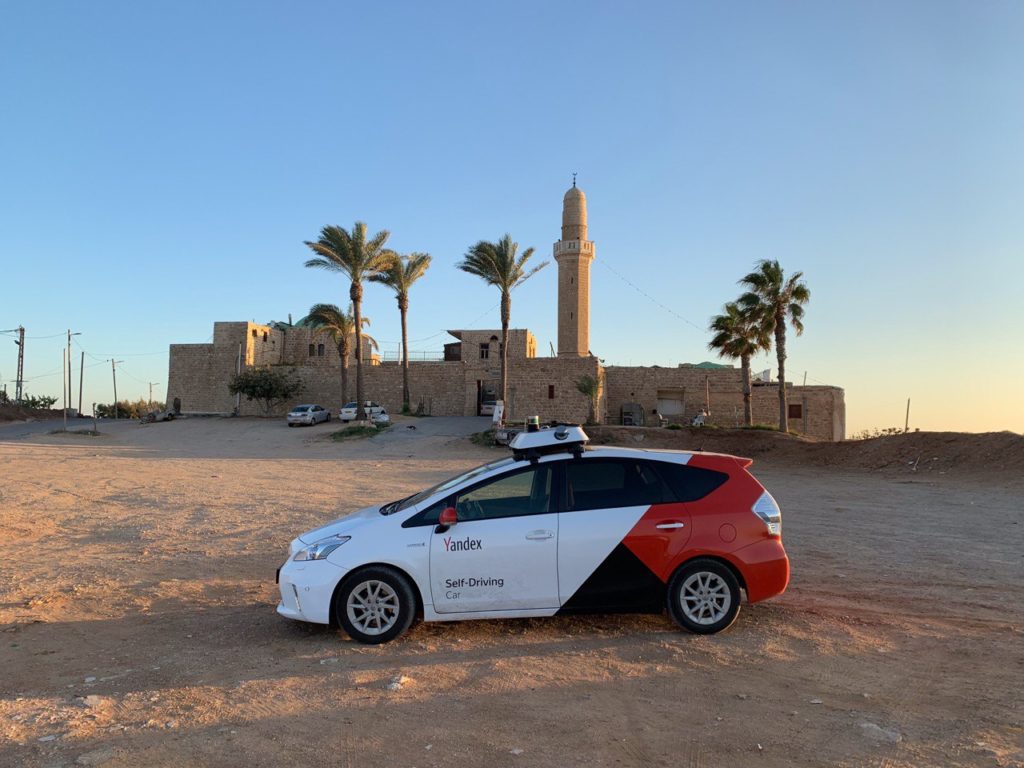Dmitry Polishchuk, head of self-driving cars at Yandex, argues that the barriers to fully autonomous driving in Europe are not necessarily technological, but instead are regulatory
The AV market continues to gather momentum, with new technologies continually pushing it closer to mainstream adoption. While companies in the USA historically have been leading the way in the development of AVs, advances are strengthening in other regions of the world, including in China and Europe.
Despite these technological advances, regulatory barriers continue to limit the development speed of AVs. Regulatory environments for self-driving cars vary greatly around the world, but generally speaking, substantive testing requires open and transparent environments. Self-driving cars require extensive, real-world testing to reach their full potential and become safe, mainstream methods of transportation.
Although some European countries are creating the conditions for such testing, the continent’s regulators could do far more to support the development of autonomous technologies. As self-driving technology continues to advance, it is essential to examine the following five barriers that still exist.
The regulatory knowledge gap
Driverless technology is evolving rapidly, which makes it difficult for regulations to keep up with ongoing changes. Laws typically do not reflect the most recent developments in self-driving because regulators don’t have a full understanding of the technology. Closer collaboration between self-driving companies and regulators will lead to the development of a more well-rounded view of self-driving cars, along with fewer misconceptions regarding their safety.
Lack of testing at scale
There are legal barriers that stand in the way of deploying large fleets of AVs for large-scale, real-life testing. The more that AV companies are permitted to test their vehicles at scale, in live situations, the more they are going to find out about how their technologies work. It is, therefore, vital for regulators to allow large-scale testing to flourish in all the regions they oversee. Self-driving companies can introduce AV much more efficiently if they are allowed to test as many cars as possible in a variety of driving situations.
Learn from other markets
Several markets have created an open and supportive regulatory environment for the large-scale public testing of AVs. For example, the most progressive legislation for unmanned cars continues to be in the USA, where each state is currently responsible for its legislation. These dynamics drive faster legislation as states work to build forward-thinking, innovative and modern environments equipped for future advances in transportation. In many cases, the most significant advances in self-driving cars have come in places where the regulatory environment encourages their real-world testing.
Real-world context
Testing AVs on public roads is necessary to improve technology, therefore regulators must allow more public testing of self-driving cars. Closed track testing enables companies to test the safety and reliability of vehicles. Beyond this first testing phase, companies need to further test against real traffic to build platforms that can properly operate in the real world.
On the road, we need to navigate all sorts of traffic conditions and driving maneuvers depending on the various scenarios that arise on a given trip. It’s critical to interact with other cars, pedestrians and cyclists on public streets to improve how the cars detect and manage diverse dynamics on the road. By continuously testing in real-world traffic conditions, we can build safer, smarter AVs.
Create an open dialog
Education, dialog and collaboration between the automobile industry and regulators are critical for progress. Self-driving testing is mainly happening in areas where there exists a close cooperation between autonomous companies and local lawmakers. Regulators need to be involved in the self-driving testing process to have a better understanding of the technology. At Yandex, for example, we have worked closely with traffic officials in Russia and Israel. By providing demos of our self-driving car, sharing our expertise and, in the case in Israel, testing the first 1,000km (620 miles) with an engineer from the Israeli Ministry of Transportation, we are creating an open dialog. These relationships encourage greater acceptance of AVs.


